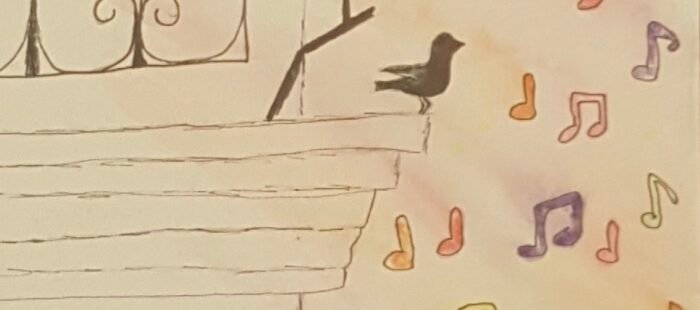/ May 18, 2025/ Blog, Personal Stories
Salsa & Timba: More Than a Rhythm, A Living History
Salsa, my favorite dance, is a mix of many rhythms: mambo, chachachá, son, rumba… And in Cuba, it evolved into what is known as “timba,” where modern brass instruments converse with ancestral drums. In addition to these instruments, the tradition and heritage of Cuba are woven in: the way they speak, the way they feel the music, the blend of Spanish and African influences… Santería.
The salsa that captivated me, in particular, is not the one performed on stages or in shows. It’s the one in the socials: those spaces without a script or choreography, where the movements are intuitive responses to the music and the partner. It’s salsa that isn’t measured by technical perfection, but by connection—with the music, with each other, and with what each step means.
When Dance Is a Prayer
In many cultures, dance has been seen as a way to communicate with the divine, and in the case of Cuba, this connection comes from Santería. Figures like the orishas, spirits, and ancestral energies play a significant role in the dances, although this is often not openly discussed.
During my visit to Callejón de Hamel in Havana, I witnessed a ritual where dance is not just celebration, but prayer. Cuban Santería teaches that the orishas, the African deities, communicate through the body. Every step is an offering: the quick steps of Shangó in the feet, the flowing movements of Yemayá in the arms. The batá drums do not just keep rhythm; they invoke the divine.
I have learned some of these steps in classes, but I don’t use them on the dance floor. I’m not a Santera, and salsa and timba offer a universe of steps that do not need to touch the sacred. From rumba to dancehall, and even street dance, there are many ways to express oneself without disrespecting the sacred.
When the Sacred Becomes Fashion
However, there is something that deeply bothers me. Watching someone do Elegguá in the middle of a commercial timba feels like sacrilege. What is, to me, an act of respect, is, for some, just another movement on the floor. It’s not the same:
The tourist who repeats steps as if they were a TikTok trend.
The student who, after a class, believes they are Cuban and decides to do Oggún in the middle of a mambo.
The child of a Santero who moves their shoulders with the weight of their lineage.
The first two do it for fashion, for superficiality; the third does it for heritage, out of respect for their history.
Dancing with Respect and Connection
For me, real dance is the one done with respect. And respect in timba, like in life, comes with some unwritten rules:
Listen before moving: What does the music ask of you? What does your partner need?
Leave the ego behind: Timba is not a competition; it’s a dialogue.
Honor the rhythms: In Santería, each touch has its moment. In timba, each rhythm has its time.
In the socials, it’s not about the number of steps or technical complexity. What counts is:
The intention: Are you dancing to connect or to impress?
The respect: Do you know where the steps you’re using come from? Have you taken the time to understand them?
The shared joy: That which creates an instant connection, from the beginner to the most seasoned dancer.
Dancing with Awareness
Today, I choose quality over quantity. I prefer fewer steps, but authentic ones. Because salsa isn’t mine or yours: it belongs to those who lived it before us, to those who kept it alive.
For me, the best dance is not the one that impresses… but the one that transmits.
Also, like Cubans say: “If you don’t know, why do you involve yourself?”

